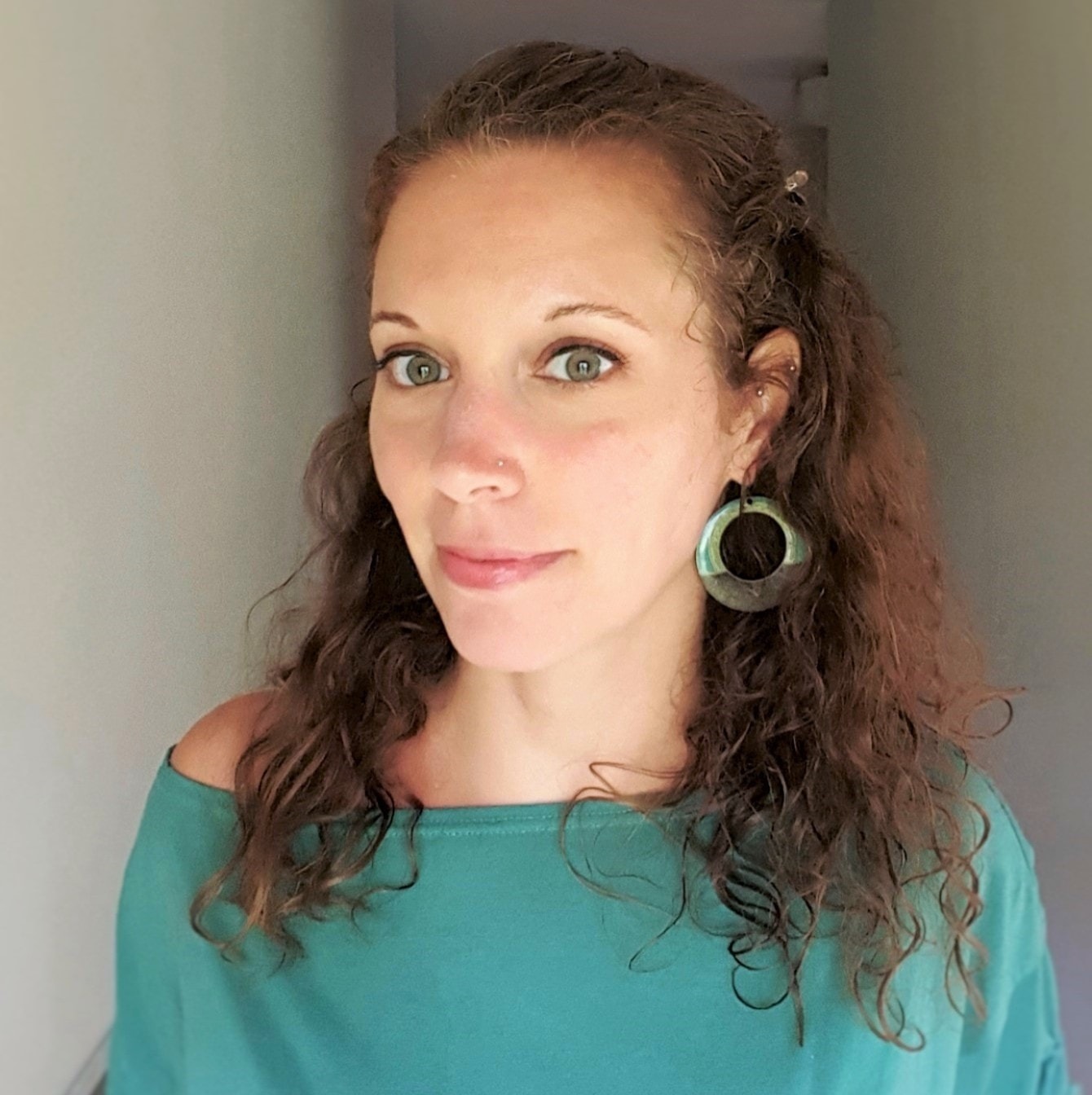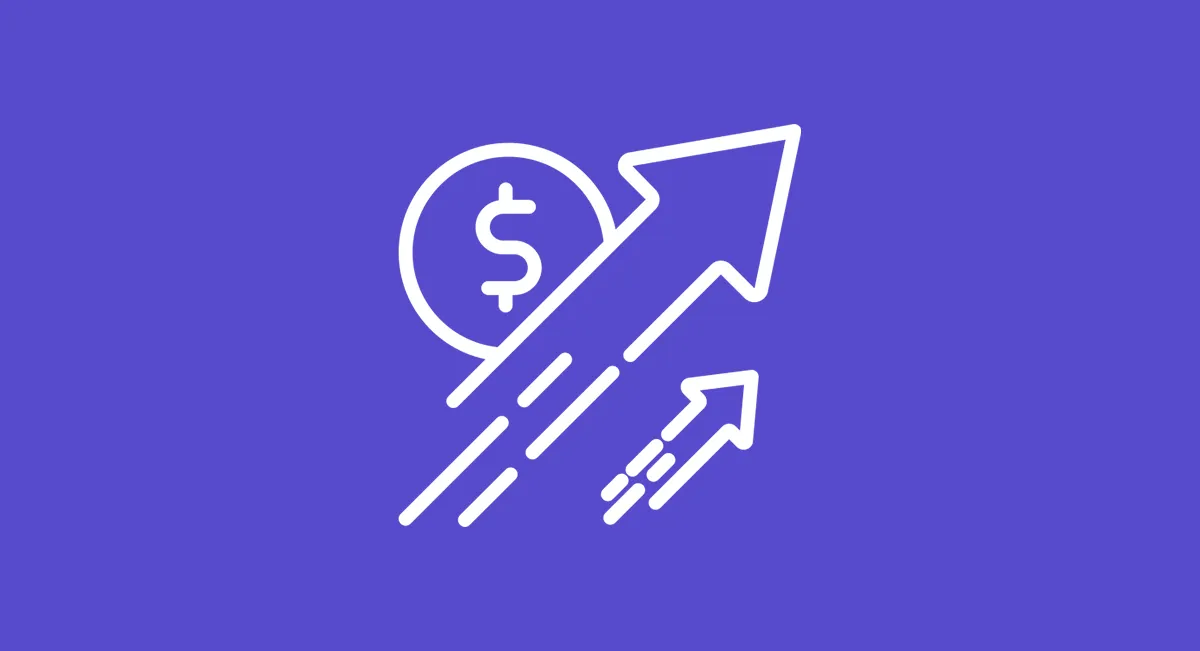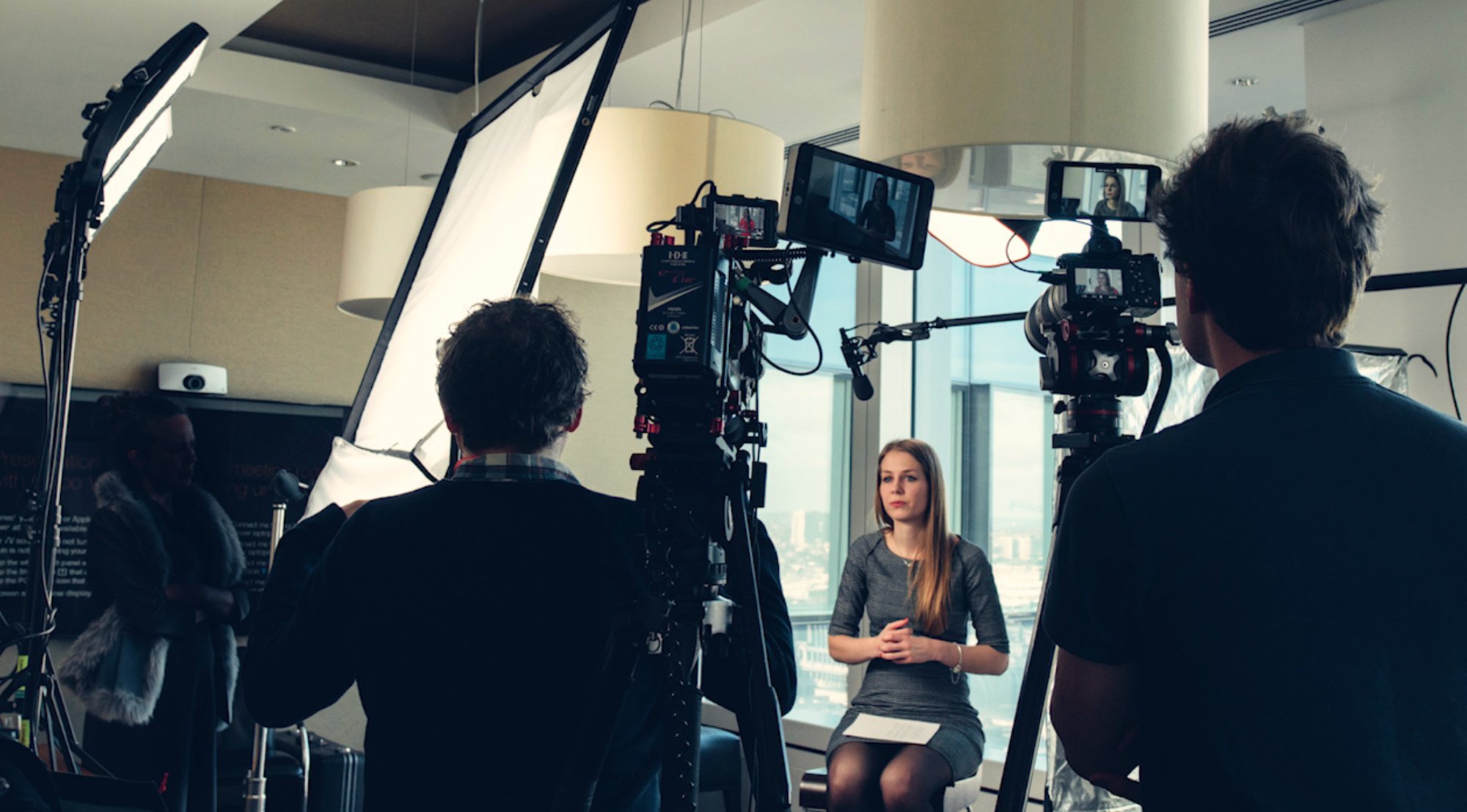The digital world is louder than ever, and standing out requires more than just great audio. Video podcasts—also called vodcasts—are rapidly becoming a powerful way to grow your audience and boost engagement. In fact, only 17% of podcasters recorded video alongside their audio in 2019, but that number is climbing as video content dominates online platforms. Adding video to traditional audio content can help podcasters reach new audiences and increase engagement by tapping into platforms like YouTube and social media.
According to the Infinite Dial 2023 report, over 62% of Americans have listened to a podcast, and many now prefer video formats for richer experiences. While audio content remains the foundation of podcasting, adding video opens up new opportunities to connect with diverse audiences and expand your reach across multiple platforms. If you want to reach a broader audience and create more meaningful connections, adding a video component to your podcast is the way forward.
Why Choose Video Podcasting?
Visual Engagement Drives Attention
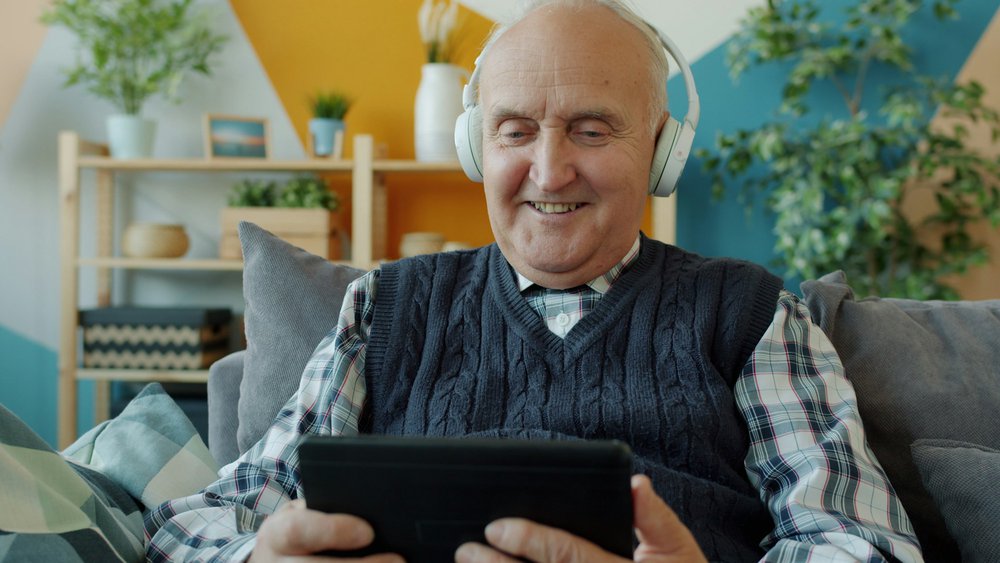
Humans are wired to respond to faces and visual cues. From birth, we focus on facial expressions, which help us connect emotionally. When your podcast features hosts or guests on camera, viewers are more likely to stay engaged and absorb your message. The presence of a speaker, whose facial expressions and reactions are visible, plays a key role in maintaining viewer attention and fostering a stronger connection with the audience.
Tap Into YouTube’s Massive Audience
YouTube boasts over 2 billion logged-in monthly users worldwide, making it a prime platform for video podcasters to expand their reach. Users can easily watch video podcasts on YouTube, taking advantage of features like full screen mode and chapters for a seamless viewing experience. Leveraging YouTube’s power can help you attract new listeners who prefer video content over audio alone. Semrush forecasts that YouTube viewership will continue to grow, especially in the US, where it’s expected to reach over 210 million users by 2025.
Social Media Platforms Favor Video
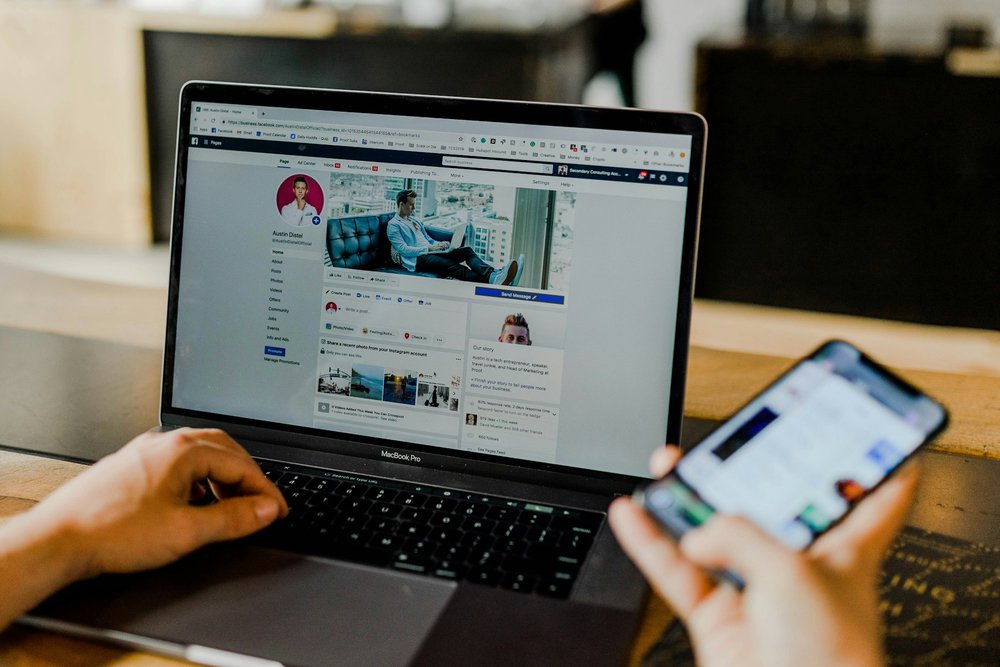
With more than 4.7 billion social media users globally, platforms like Instagram, TikTok, and Facebook prioritize video content in their feeds. Some creators use a static image with their audio to quickly repurpose content for social media feeds. Video podcasts perform better on social media because they capture attention instantly—even with sound muted by default. This means your video episodes are more likely to generate comments, shares, and new followers.
Types of Video Podcasts
Choosing the right format depends on your goals, budget, and technical setup. For example, a split-screen interview or a roundtable discussion are popular video podcast formats that showcase different ways to engage your audience visually. Here are the most popular video podcast formats in 2025:
Live Streaming

Live video podcasts offer real-time interaction with your audience. Live streaming also enables authentic conversation between hosts, guests, and the audience, making the experience more engaging and dynamic. Platforms like YouTube Live and Twitch allow you to broadcast as you record, creating instant engagement and feedback. This format builds a loyal community but requires confidence and preparation.
In-Studio Recording
Recording video in a controlled studio environment gives you professional-quality footage. Using multiple cameras lets you switch angles during editing, enhancing the viewer experience. This setup also allows you to capture dynamic shots of different speakers during the recording. This setup requires more equipment and editing time but results in polished episodes.
Remote Interviews

Remote video podcasts have surged with the rise of remote work. This format is ideal for recording a remote interview with guests in different locations. Tools like Riverside.fm and Zoom enable high-quality recordings of guests in different locations. This format is versatile and cost-effective but depends heavily on a stable internet connection.
Essential Equipment for Video Podcasting
To create high-quality video episodes, you’ll need some basic gear:
- Camera or smartphone with HD or 4K video capability
- External microphone(s) for crisp, clear sound
- Tripod or stabilizer to keep your camera steady
- Lighting to ensure your video looks professional
- Audio interface or mixer to manage sound inputs
- Video recording and editing software like Adobe Premiere, Final Cut Pro, or Riverside’s built-in editor
- Reliable internet connection for remote interviews or live streaming
- Device compatibility: Ensure your device (computer, tablet, or smartphone) is compatible with your chosen recording and editing software.
Make sure your computer can handle video editing smoothly, especially when working with high-resolution files.
Step-by-Step: How to Launch Your Video Podcast

1. Plan Your Show
Define your niche and audience. Outline your episode topics and format. Think visually—consider how each episode will look on screen and what kind of visuals will support your story. Decide if you should launch a new show specifically for video, or adapt your current podcast format to include video content.
2. Record Your Episodes
Set up your equipment and test everything before recording. You can choose to record both video and audio episodes, depending on your distribution strategy. Whether filming in-studio or remotely, ensure good lighting and sound. For remote interviews, confirm your guests have strong internet and quality microphones.
3. Edit Your Video Podcast

Editing is where you polish your content. Trim unwanted sections, balance audio levels, add captions for accessibility, and incorporate b-roll footage or graphics to enrich your story. Make sure that important audio elements, such as sponsorships or endorsements, are clearly heard in the final edit.
4. Publish Your Video Episodes
Upload your episodes to a podcast host that supports video or directly to platforms like YouTube. The process of uploading your files is essential—make sure to upload both audio and video formats as needed. To publish video episodes, you can create new dedicated feeds or publish to existing RSS feeds, optimizing user experience and storage. Use an RSS feed to distribute your podcast to directories such as Apple Podcasts and Spotify. Keep in mind that not all directories support video natively, so choose your distribution channels carefully.
5. Promote Your Podcast
Maximize your reach by sharing clips on social media platforms, optimizing your video titles and descriptions for SEO, and engaging with your audience through comments and live sessions. Take advantage of free tools and platforms to promote your video podcast and reach a wider audience.
Tips for Success with Video Podcasting
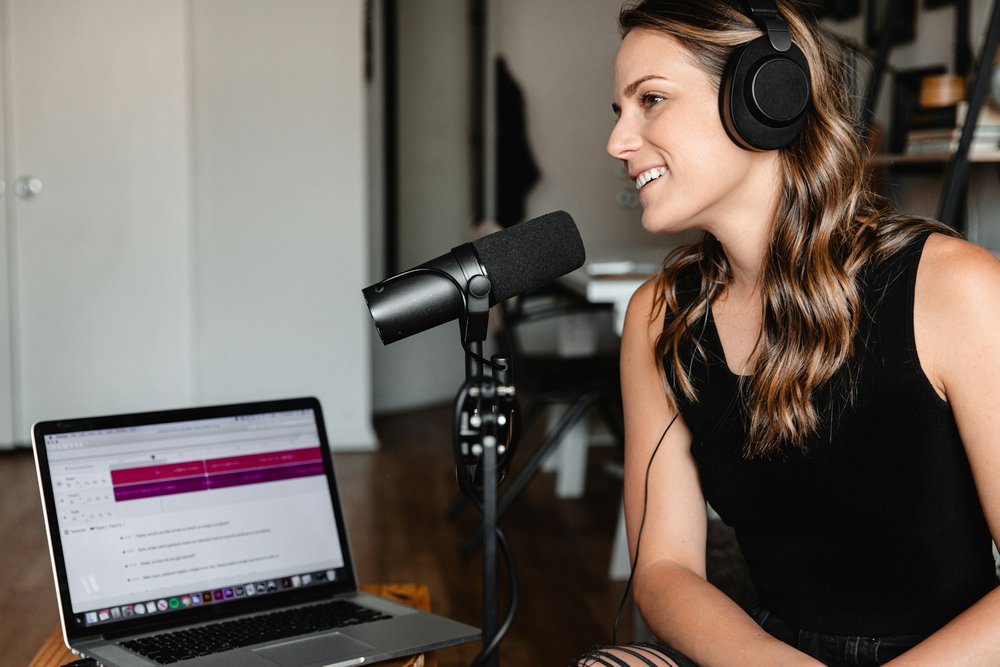
- Invest in high-quality audio: Even with great video, poor sound will turn viewers away.
- Keep episodes between 20-60 minutes: This range balances depth with viewer attention spans.
- Use captions and subtitles: Boost accessibility and engagement, especially on social media.
- Repurpose content: Create short clips or audiograms to promote your episodes across platforms.
- Enable downloads for your episodes: Allow listeners to download your podcast so they can access your content offline, which can help boost your reach and improve your audience growth metrics.
- Engage with your audience: Respond to comments and encourage feedback to build community.
Frequently Asked Questions
What’s the difference between a video podcast and a YouTube video?
A video podcast is distributed through an RSS feed and follows podcasting formats, making it accessible on podcast apps like Apple Podcasts and Spotify. YouTube videos are hosted solely on YouTube and don’t use RSS feeds. Learn more about video podcast distribution.
Can I start a video podcast with minimal experience?
Absolutely! Modern tools like Riverside.fm allow you to record, edit, and publish video podcasts all from your browser—no prior experience needed.
How do video podcasts generate revenue?
Video podcasters earn through sponsorships, ads, subscriptions, and merchandise. Platforms like Spotify offer the Spotify Partner Program to monetize video content. For tailored monetization strategies, see our podcast marketing services.
What’s the best way to promote my video podcast?
Leverage social media video clips, SEO-optimized titles and descriptions, and collaborations with other creators. Our social media video services can help maximize your reach and engagement.
Ready to create your own video podcast and captivate a larger audience? With the right planning, equipment, and promotion, you can make a lasting impact in 2025 and beyond. For expert help, contact Levitate Media and let us guide you every step of the way.
